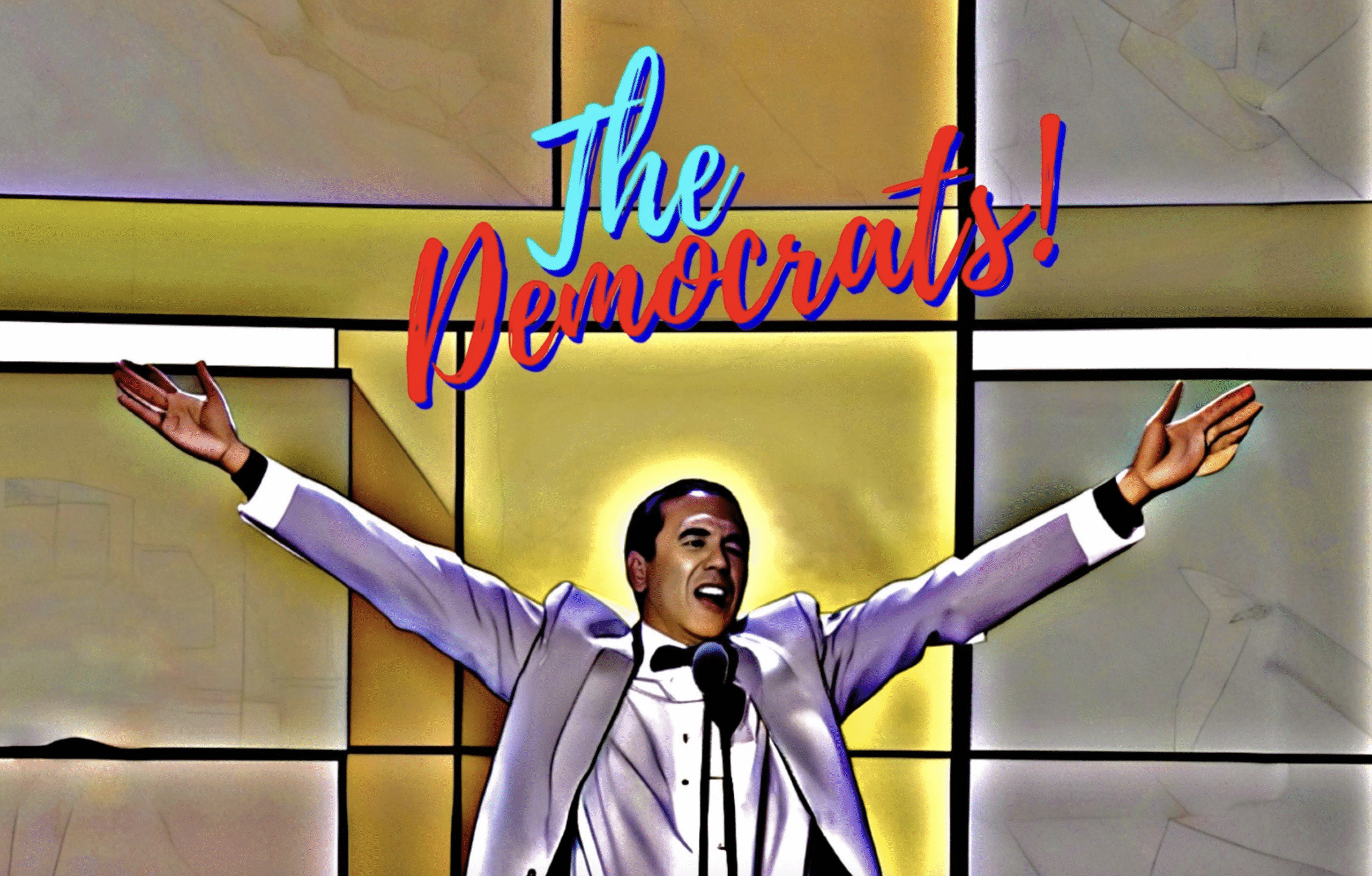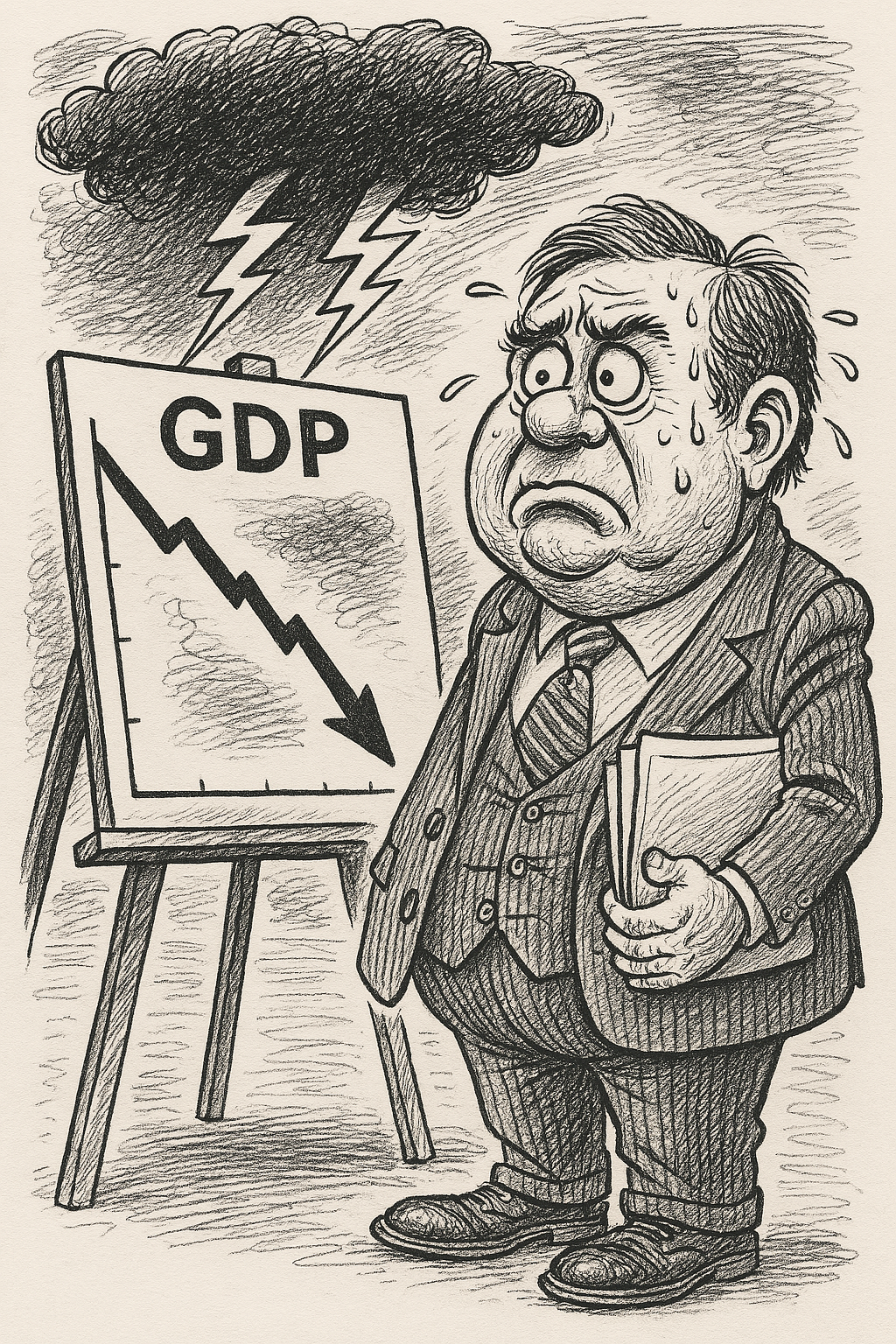
In the wreckage of World War II, amid bombed-out cities and broken economies, the United States emerged as the world’s banker. The old gold standard, too fragile and limited for the rising demands of postwar global trade, was shelved. The dollar, backed by the U.S. Treasury and a well-armed smile, stepped in to assume gold’s throne.
With Europe’s economies in tatters and the Soviet Union hoarding both tanks and bullion, Bretton Woods enshrined the greenback as the new global reserve currency. Foreign nations would park their wealth in dollars, and America would keep the peace by producing both dollars and, conveniently, weapons.
But nothing gold can stay. In 1971, President Richard Nixon—interrupting a perfectly decent episode of Bonanza—announced the U.S. would no longer redeem dollars for gold. Thus began the era of faith-based currency, where money became real if we all agreed to pretend it was. Nixon froze wages, imposed tariffs, and casually rewired the global monetary system over a weekend, as if redecorating a den.
Fast-forward five decades. The dollar remains the world’s heavyweight champ. According to the US Federal Reserve, the $ accounts for the majority of trade in the Americas (96%), dominates Asia-Pacific (74%), and even struts its stuff in non-euro Europe (79%). Sixty percent of global foreign exchange reserves and about 90% of currency trades involve the dollar. All of this, despite the U.S. economy comprising just a quarter of global GDP—or 15% if you adjust for the fact that some people live on less than the price of a New York bagel.

But this dominance has a price, as Belgian-American economist Robert Triffin explained back in the 1960s. In order for the world to hold dollars, America must keep pumping them out—usually by running enormous trade deficits and spending like a drunken empire on shore leave. The dollar’s hegemony depends, perversely, on the U.S. being perpetually in debt.
So why hasn’t anyone else stepped up? Because being the world’s reserve currency is like being the designated driver at a nightclub full of kleptocrats. Japan doesn’t want the job. The eurozone is busy imploding over cheese regulations and fascist nostalgia. And China, while eager, seems unsure whether it wants to lead the world or just buy it.
Cryptocurrency? A decentralized libertarian fever dream built on unregulated speculation, environmental catastrophe, and the hope that someone dumber will buy your pixelated chimp NFT. Not quite ready for reserve status, despite the hoodie hype.
Enter Kenneth Rogoff, who in Our Dollar, Your Problem (2025) warns that debt, inflation, political lunacy, and global frustration may one day knock the dollar from its throne. It’s a real possibility—though somewhat diminished by the fact that Our Dollar, Your Problem went out of date before it even hit airport bookstores.

And now, of course, there’s The Trump Doctrine™:
A radical vision in which the dollar’s supremacy is both sacred and a scam—depending on the tweet. President Trump (and his more lucid advisors) have argued that the dollar’s role has hollowed out U.S. industry, made trade deficits inevitable, and allowed allies to enjoy free military protection without ponying up. So naturally, the solution is:
- Weaponize the dollar
- Bully allies with tariffs
- Sanction enemies and frenemies.
- Demand tribute from the global economy like a sunburned landlord with nukes and a God complex
The underlying logic—to use that term generously—is that America can force others to keep using the dollar while threatening to torch the system it’s built. It’s like a landlord demanding higher rent while setting fire to the building.
And let’s not forget the Trumpian fantasy that weakening the dollar will bring manufacturing jobs roaring back. Spoiler: automation already won that war. Any future “renaissance” will be managed by robot arms and two humans hired to watch them.
Meanwhile, currency markets are jittery. As Trump Era 2.0 tariffs and cuts caused institutional chaos, some are wondered if the dollar could remain the least-worst option for much longer. Even so, there’s no clear successor. The euro? Stable as long as no one mentions Italy’s debt, France’s strikes, or Germany’s nostalgia for discipline (fiscal or otherwise). Crypto? Still waiting on a blockchain that can do more than crash when it gets popular. The yuan? Not freely convertible and backed by an opaque regime…although on June 18, Reuters reported that the head of China’s central bank pledged to further open up its financial markets and expand the international use of the digital yuan, calling for a global currency system where several currencies dominate the world economy.
Normally when the world starts catching on fire (economically, geopolitically, or literally) investors rush to the U.S. dollar like it’s the last lifeboat on the Titanic. Recently the usual information flow coming from your “Smart” phone about climate disasters, pandemics, the war in Ukraine, Hamas and Israel, Trump tariff wars etc. seemed in danger of becoming constant background noise. Enter the past week’s looming confrontation between Iran, Israel, and the U.S. That’s not just a bad week—it’s a whole new category of chaos. So for now, the dollar lingers on—imperiled, imperfect, and still indispensable.
But if Pax Americana becomes Pox Americana, global capital may eventually find the dollar too risky, even for a safe haven. If allies and adversaries alike lose trust—not in America’s might, but in its stability—then it won’t be war, inflation, or even China that dethrones the dollar.
It’ll be America itself.




